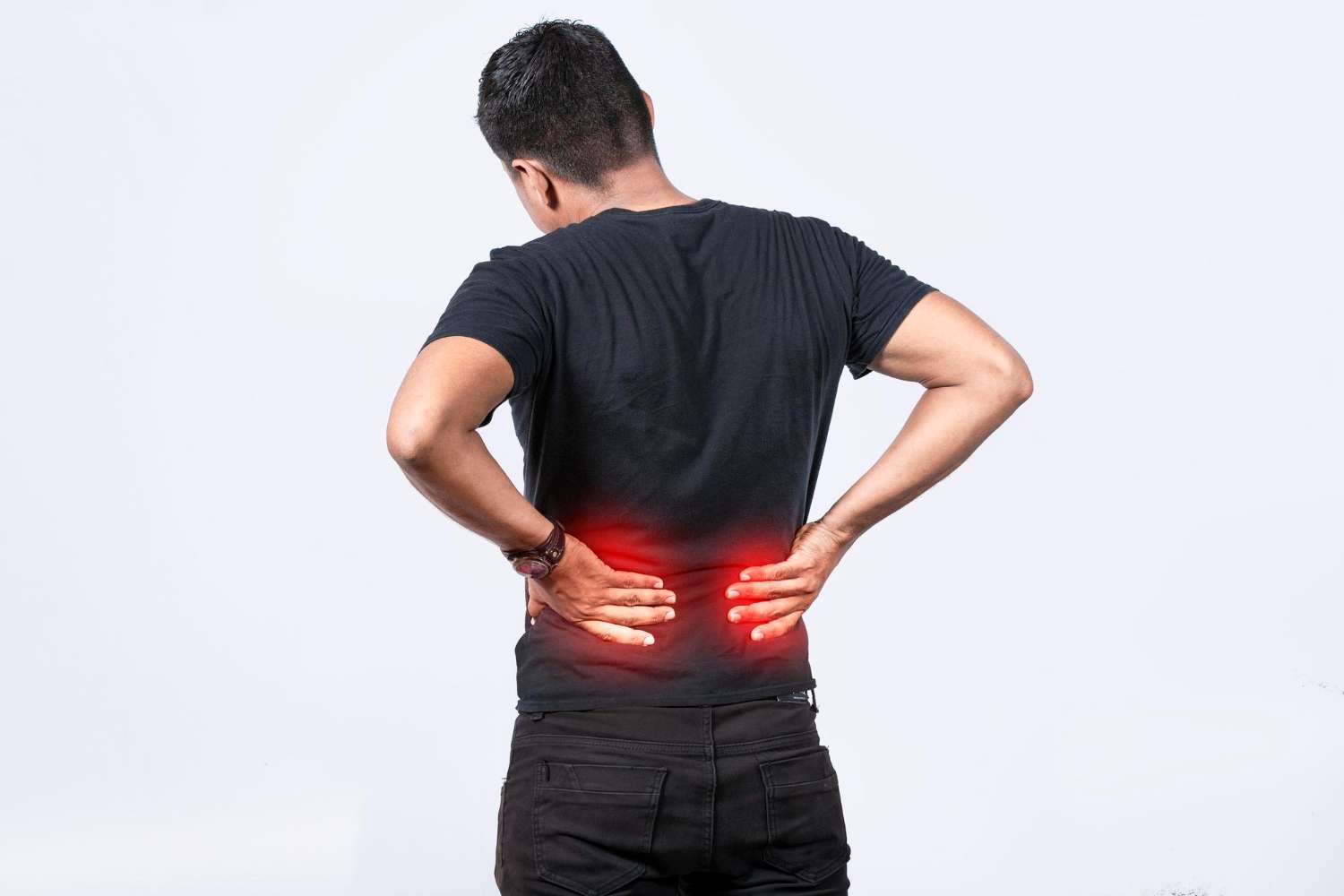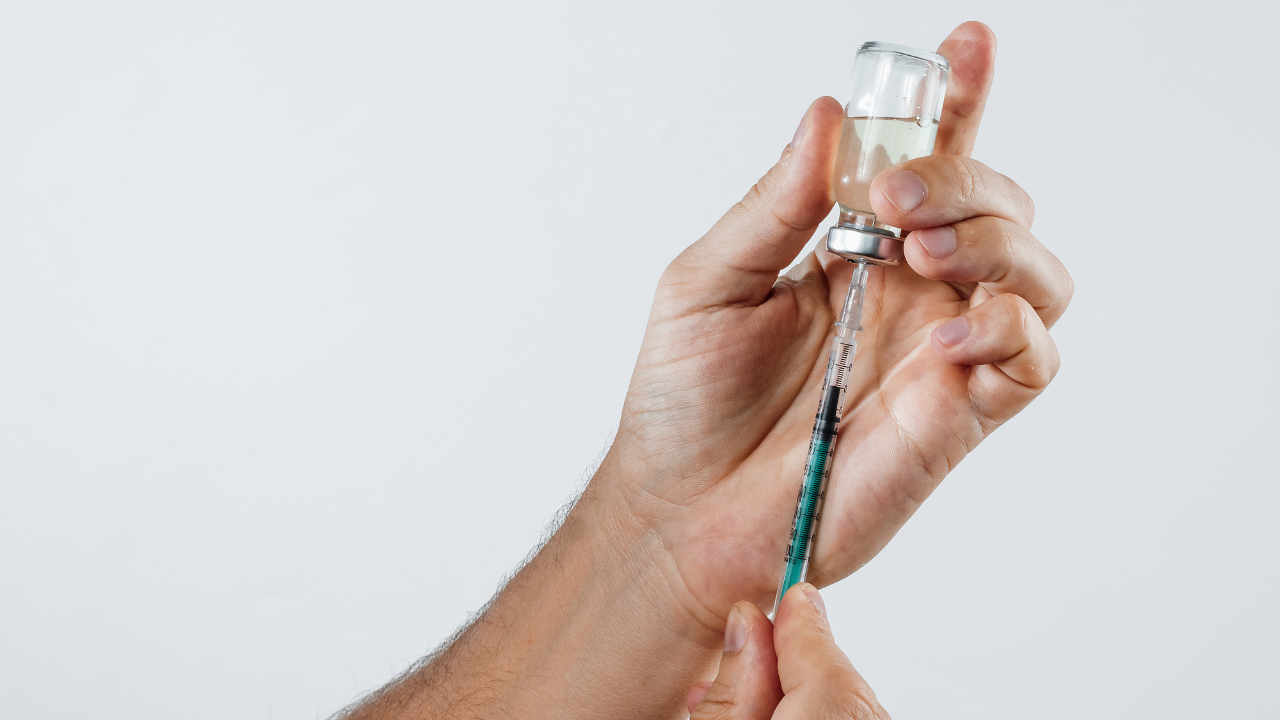Lower back pain is one of the most prevalent health problems in the world. It can affect anyone, regardless of age, gender, or occupation. It can interfere with your daily activities, work, and sleep. It can also lead to other complications, such as sciatica, nerve compression, or spinal stenosis.
But what causes lower back pain? How can you diagnose it? And what are the best treatments for it? In this blog post, we will answer these questions and more. We will also share some tips on how to prevent lower back pain and keep your spine healthy.
Lower Back Pain Symptoms and Causes
Lower back pain can have different symptoms depending on the cause and severity of the condition. Some of the most common symptoms include:
– Pain or ache in the lower region of the back, varying in intensity
– Stiffness or reduced range of motion in the back
– Muscle spasms or tightness in the back
– Pain that radiates to the buttocks, hips, or legs
– Numbness, tingling, or weakness in the legs or feet
– Difficulty standing, sitting, walking, or bending
Lower back pain can have many possible causes. Some of the most common ones are:
– Muscle or ligament strain: This occurs when you overstretch or tear the muscles or ligaments in your back due to lifting something heavy, twisting awkwardly, or having poor posture.
– Bulging or herniated disc: Herniated disc the soft material inside a disc (the cushion between the vertebrae) bulges out or ruptures and presses on a nerve root. This can cause pain, inflammation, and nerve damage.
– Arthritis: Arthritis is a degenerative condition that affects the joints and causes inflammation, stiffness, and pain. Osteoarthritis is the most common type of arthritis that affects the lower back. It can cause narrowing of the space around the spinal cord (spinal stenosis) or bone spurs that irritate the nerves.
– Osteoporosis: This is a condition that causes the bones to become weak and brittle. It can increase the risk of fractures in the vertebrae, which can cause pain and deformity.
– Ankylosing spondylitis: This is an inflammatory disease that causes some of the vertebrae to fuse together. This reduces the flexibility and mobility of the spine and can cause chronic pain and stiffness.
Other less common causes of lower back pain include infections, tumors, kidney stones, endometriosis, fibromyalgia, scoliosis, spondylolisthesis, and spinal cord injury.
Lower Back Pain Diagnosis and Treatment
If you have lower back pain that lasts longer than a few weeks or is severe enough to interfere with your daily life, you should see a doctor for a proper diagnosis and treatment. Your doctor will ask you about your medical history, symptoms, and activities that trigger or worsen your pain. They will also perform a physical examination to check your spine alignment, range of motion, reflexes, muscle strength, and sensation.
Your doctor may also order some tests to confirm the diagnosis and rule out other conditions. These tests may include:
– X-rays: These can show the structure of your spine and detect any fractures, arthritis, or spinal stenosis.
– MRI or CT scan: These can provide more detailed images of your spine and reveal any disc problems, nerve compression, infections, tumors, or spinal cord damage.
– Blood tests: These can check for signs of inflammation or infection that may cause lower back pain.
– Nerve conduction studies or electromyography: These can measure how well your nerves and muscles function and detect any nerve damage or muscle disorders.
Best Treatment for Chronic Lower Back Pain:
The treatment for lower back pain depends on the cause and severity of your condition. Some of the most common treatments include:
– Medications: These can help reduce pain and inflammation. Medication may include over-the-counter pain relievers (such as ibuprofen), muscle relaxants (such as cyclobenzaprine), anti-inflammatory drugs (such as corticosteroids), nerve pain medications (such as gabapentin), or opioids (such as oxycodone) for severe pain.
– Physical therapy: This can help improve your posture, flexibility, strength, and function. It may involve exercises, stretches, massage, heat/cold therapy, ultrasound, electrical stimulation, or traction.
– Injections: These can deliver medication directly to the source of your pain. They may include epidural steroid injections (which inject corticosteroids into the space around your spinal cord), facet joint injections (which inject anesthetic or corticosteroid into the joints between your vertebrae), or nerve block injections (which inject anesthetic or corticosteroid near a nerve root).
– Surgery: This is usually reserved for cases where conservative treatments have failed or there is a serious condition that requires immediate intervention. Surgery may involve removing part of a disc (discectomy), removing part of a vertebra (laminectomy), fusing two or more vertebrae together (spinal fusion), or inserting an artificial disc or spacer between the vertebrae (disc replacement).
Lower Back Pain Prevention
Lower back pain can be prevented or reduced by taking some simple steps to protect your spine and improve your overall health. Some of these steps include:
– Maintaining a healthy weight: Excess weight can put extra strain on your spine and increase the risk of disc problems and arthritis.
– Exercising regularly: Physical activity can help strengthen your core muscles, improve your posture, and increase your blood flow. Aim for at least 150 minutes of moderate-intensity aerobic exercise and two sessions of strength training per week.
– Stretching frequently: Stretching can help loosen your muscles, ligaments, and joints and prevent stiffness and spasms. Stretch your back, neck, shoulders, hips, and legs before and after exercise and throughout the day.
– Practicing good posture: Good posture can help align your spine and distribute your weight evenly. Avoid slouching, hunching, or leaning to one side. Keep your head, shoulders, and hips in line. Use a chair that supports your lower back and keep your feet flat on the floor. Adjust your computer screen to eye level and avoid looking down at your phone for long periods.
– Lifting properly: Lifting something heavy or awkwardly can cause injury to your back. Use proper lifting techniques to avoid strain. Bend your knees and hips, not your waist. Keep the object close to your body. Lift with your legs, not your back. Avoid twisting or jerking while lifting. Ask for help if the object is too heavy or bulky.
– Sleeping well: Sleeping on a comfortable mattress, pillow, and bedding can help support your spine and relieve pressure points. Avoid sleeping on your stomach, which can arch your back and cause pain. Try sleeping on your side with a pillow between your knees or on your back with a pillow under your knees.
– Managing stress: Stress can cause muscle tension, inflammation, and pain in your back. Find healthy ways to cope with stress, such as meditation, yoga, breathing exercises, hobbies, or counseling.
Conclusion
Lower back pain is a common condition that can affect anyone at any age. It can have various causes, symptoms, and treatments depending on the individual case. The good news is that most cases of lower back pain can be treated effectively with conservative methods and prevented with some simple lifestyle changes.
If you have lower back pain that is persistent, severe, or affecting your quality of life, don’t hesitate to contact us at the Spine and Pain Clinic Of Texas. We are a team of experienced and compassionate specialists who can diagnose and treat your condition using the latest techniques and technologies. We can help you get rid of your pain and restore your function so you can enjoy life again.
Medical disclaimer
This blog post is for informational purposes only and should not be considered as medical advice. Always consult with your doctor before starting any treatment or making any changes to your health care plan.
Contact Us
If you are experiencing spinal issues and seeking expert care, the Spine and Pain Clinic of Texas is here to help. Our team of specialists is dedicated to utilizing the latest techniques in spine pain management to create effective, personalized treatment plans. Contact Us to learn more about how we can assist you on your journey to better spinal health.





